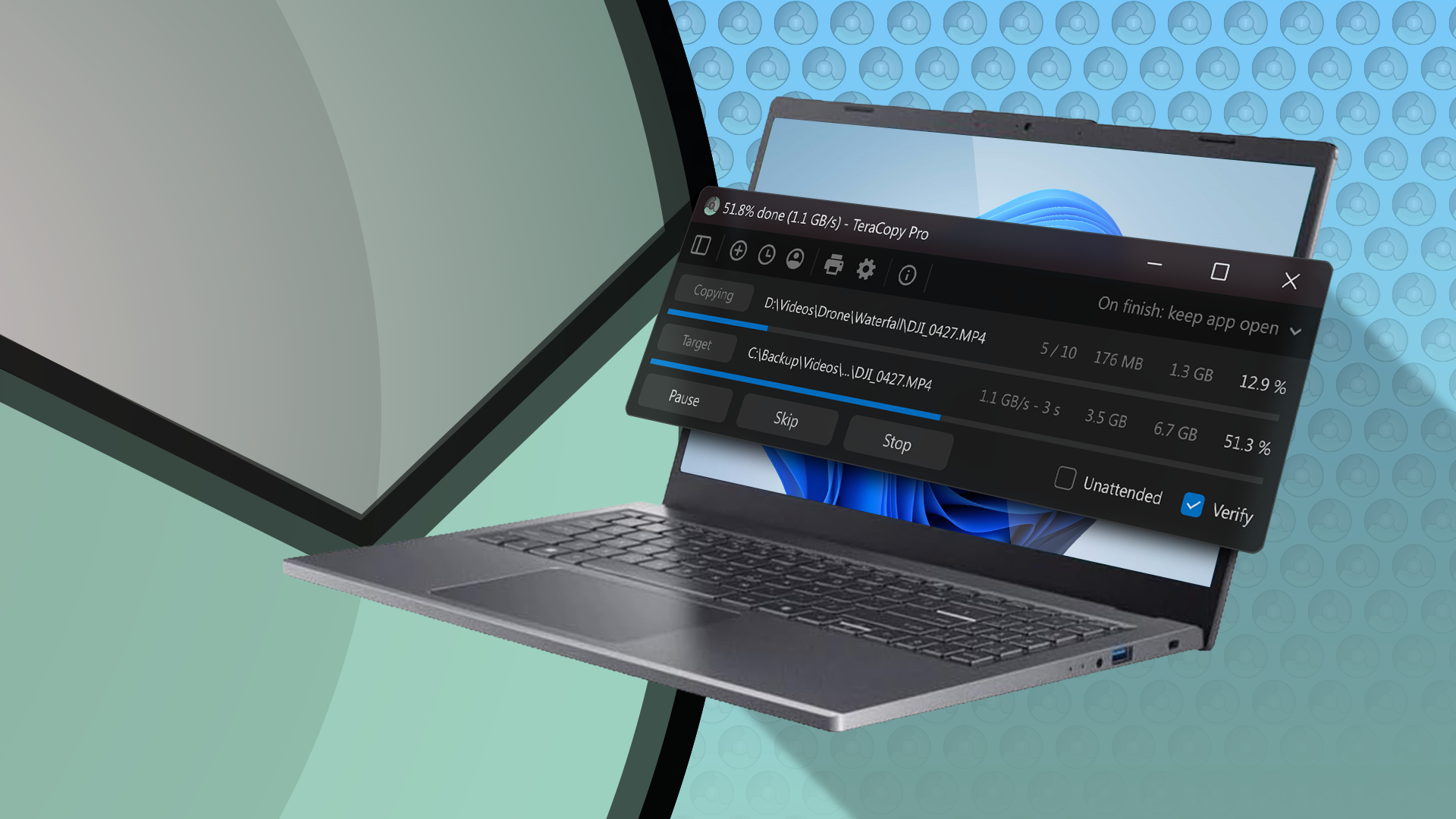Software firewalls vs hardware firewalls: What’s the difference?

Firewalls are key to keeping devices and data safe from online threats. Acting as gatekeepers between devices and the internet, firewalls monitor and control incoming and outgoing traffic based on rules set ahead of time. Whether you’re protecting your home network or a growing business, having a reliable firewall blocks unauthorized access, prevents malware infections, and limits the damage from potential breaches.
There are two main types of firewalls: software firewalls and hardware firewalls. They serve the same purpose, but the way they work and the situations they’re best suited for differ. In this guide, we’ll break down how each type works, highlight their pros and cons, and help you decide which is best for you, whether you’re an individual user, running a small business, or part of a larger organization.
What is a software firewall?
A software firewall is a program installed on your device, such as your computer, phone, or server. It helps control the flow of network traffic in and out of that device. It acts as a security guard, blocking suspicious activity and enforcing rules about the kind of connections that are allowed.
Most operating systems come with a basic firewall already built in. However, there’s no shortage of advanced third-party options if you’d like greater control or extra features.
Software firewalls are particularly useful for solo users, remote workers, and small businesses. They’re installed separately on each device and provide customizable protection according to how a device is used and its specific needs. But they only protect the device they’re installed on. If you’ve got multiple devices on a network, each one needs its own firewall.
Software firewalls run in the background. They therefore use up some system resources, which can impact performance, particularly on older or less powerful devices.
What is a hardware firewall?
A hardware firewall is a physical device positioned between your network and the Internet, filtering traffic before it can reach any of your network devices. It monitors incoming and outgoing data, blocks threats, and enforces network-wide rules without relying on individual devices.
Hardware firewalls are often built into business routers or sold as standalone units specifically designed for network protection. They’re most often used by businesses, particularly those with multiple employees, servers, or internet-connected devices.
Because it operates at the network level, a hardware firewall can protect everything behind it with a single setup, as opposed to software firewalls that are installed on each device. Hardware firewalls also tend to offer better performance and advanced features, such as intrusion detection, traffic logging, or VPN support. However, they tend to cost more upfront and require more technical know-how to configure and maintain.
Software firewalls vs hardware firewalls: What’s the difference?
Here are some of the main differences between software and hardware firewalls:
Cost
Software firewalls are generally cheaper. Most operating systems come with free firewalls. Third-party software may have a one-time fee or require a subscription. On the other hand, hardware firewalls typically involve a higher upfront investment, especially for business models. Furthermore, hardware firewalls may incur additional maintenance or support costs over time.
Setup
Software firewalls are generally easier to set up, especially for individual users. Assuming you’re not just using the default firewall already available on your device’s operating system, you need only to install the program, adjust a few settings as needed, and you’re good to go. Hardware firewalls require physical installation and configuration. Moreover, this can be complex and require someone with networking knowledge.
Coverage
A software firewall only protects the device on which it has been installed. If you have numerous devices, you’d need to install the software firewall separately on each. In contrast, a hardware firewall protects an entire network, which means all connected devices can benefit from its protection. These include devices that don’t natively support firewall software.
Performance impact
Software firewalls run on your device, consuming some system resources. This can have a slight impact on that device’s performance, particularly if you’re using an older or less powerful device. Hardware firewalls differ in that they operate independently, so they don’t put strain on the individual devices they’re protecting.
Scalability
Software firewalls work on a small scale when you only have a few devices to secure. Yet they become impractical if you manage them across dozens or even hundreds of devices. Hardware firewalls are more scalable. This makes them a better fit for growing businesses and larger networks.
Customization and control
Software firewalls usually let you control which programs on your device can access the internet. This is handy if you want to block specific apps or get alerts when something new tries to connect online. Hardware firewalls differ in that they focus on controlling traffic across your whole network. They’re better suited for broader rules, such as blocking certain types of traffic.
Software firewalls vs hardware firewalls: Which do I need?
Choosing between a software and hardware firewall depends on your specific needs, setup, and technical knowledge. A software firewall is likely enough if you’re an individual user, a remote worker, or someone managing a few devices at home. It is quick and easy to install, often free or low-cost, and offers decent control over which apps and services can connect to the Internet.
If you’re a small or mid-sized business or you’re in a home with a generous number of internet-connected devices such as smart TVs, security cameras, and game consoles, a hardware firewall can provide stronger, centralized protection. It secures your entire network at once, so you don’t have to install software on every device.
Routers vs firewalls
Most people don’t buy a standalone firewall; instead, they rely on the firewall built into their router. This is a software firewall that’s running on hardware. Most routers include a software-based firewall that filters traffic. They usually allow outgoing connections but block unsolicited inbound requests.
The difference between a router and a hardware firewall is that a router’s main job is to manage traffic between your local network and the Internet. In contrast, a hardware firewall is a dedicated device for filtering and inspecting traffic. A hardware firewall tends to come with more features, such as intrusion detection and logging.
Software firewalls vs hardware firewalls: FAQ
Can I use both a software firewall and a hardware firewall?
Yes, some people use software and hardware firewalls together. Doing so provides layered security. That’s because the hardware firewall protects your entire network by blocking threats before they can reach individual devices. At the same time, the software firewall adds an extra layer of control on each device. It also allows you to manage which apps can go online, providing greater oversight of what’s happening on each device.
The software and hardware firewall setup is useful for businesses as well as anyone who has particularly sensitive data to protect. Even at home, combining the two can help provide peace of mind, especially if you have many internet-connected devices under one roof.
Are hardware firewalls only for businesses?
No, not necessarily. Hardware firewalls are more common in businesses but they can also be a good option for home if you consider yourself tech-savvy, particularly if you have a lot of connected devices. If you just want to be able to secure your network from a single point and don’t mind the setup that comes with it, a hardware can add a strong layer of protection.
Is the firewall that comes with my operating system enough?
For most individual users, the built-in firewall in Windows, MacOS, or Linux does a good enough job of blocking unwanted connections and offering basic protection. This is usually turned on by default and works quietly in the background, which is ideal if you’re looking for a hands-free approach. If you want more features such as real-time alerts or detailed control over which apps can connect, a software firewall from a third-party might be worth considering.
For businesses or individuals with particularly sensitive data, it’s a good idea to combine this software firewall with a hardware firewall for the most comprehensive protection.
Can a firewall replace antivirus software?
No, firewalls and antivirus software do different jobs. A firewall controls what traffic can enter or leave your device or network. It essentially blocks any unauthorized access. On the other hand, antivirus software scans for malware such as viruses, spyware, and ransomware, and removes it from your device. For full protection, you’re best off using both together. The firewall helps keep threats out while the antivirus deals with anything that manages to get through.
Do firewalls slow down your internet?
In most cases, a firewall won’t slow your internet. They only consume a small amount of system resources. This could slightly impact performance on slower or older devices but it’s usually not noticeable. Hardware firewalls are designed to handle high volumes of traffic. Provided you’re using a reliable device and your network isn’t overloaded, you shouldn’t notice any slowdown even when streaming, gaming, or video calling.
What is a NAT firewall?
A NAT (Network Address Translation) firewall is common in most home routers and hides the internal IP address of your devices from external networks. Instead, multiple devices in your home share the same public IP address. Beyond this, NAT provides a basic layer of security by only allowing inbound traffic that is a direct response to an outbound request from your network. As such, it acts like a firewall by blocking unsolicited traffic from reaching your devices.
Source link











